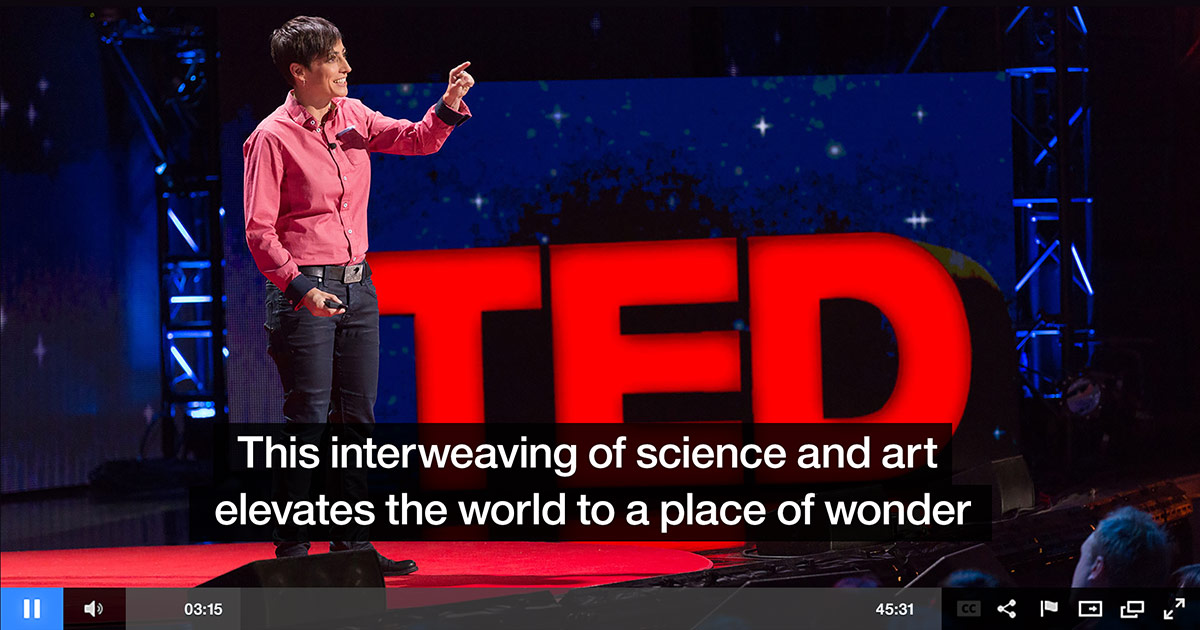“The ESPN of technology.” That’s how Jeff Frick, general manager and host of theCUBE, describes his interview show. Founded in 2010 by tech media company SiliconANGLE, theCUBE streams news and interviews from events in Silicon Valley and beyond, and these days it has become must-see programming for tech fans everywhere.
“We go to the big tech events, drop in a live studio and interview the ‘tech athletes,'” says Frick. In 2017, theCUBE will conduct approximately 1,500 interviews from over 100 events. At major annual conferences like AWS re:Invent and VMworld, Frick and his production team will interview as many as 70 tech leaders.
The vast majority of theCUBE’s on-location interviews are streamed live and are also available on demand, along with other in-studio interviews. Some fans of theCUBE tune in via computers or mobile devices for an entire day’s coverage while they’re at work, jumping back to the site when noteworthy tech figures and keynote speakers appear. Event attendees, meanwhile, watch theCUBE interviews when they return from the conference to get additional insight from various executives and customers, Frick says.








